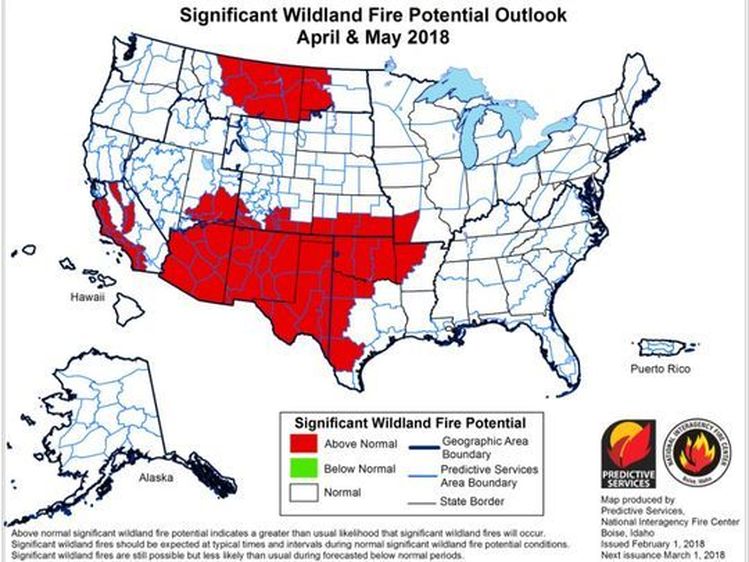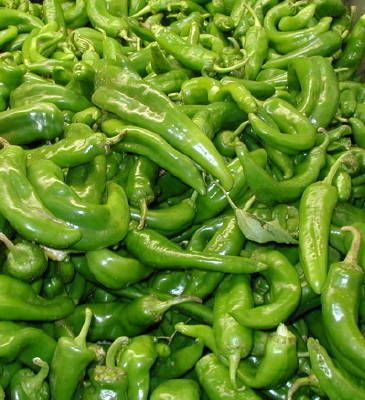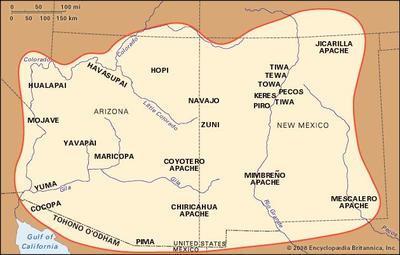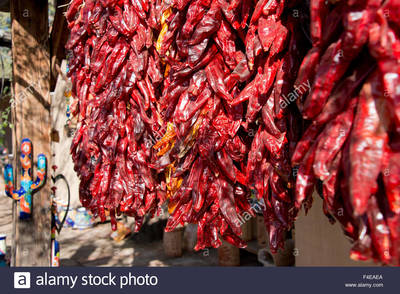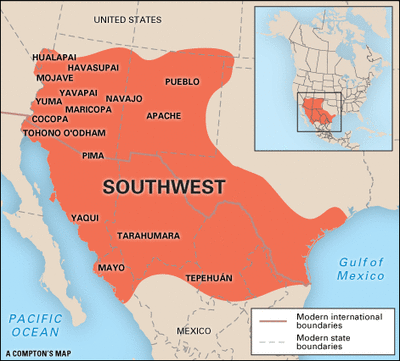1. REGION AND PLACE: Where is it located? What does it look like?
What is the climate like?
-What are the major landforms?
-What are the natural resources/agriculture?
-What are some things that only exist here?
2. PEOPLE: What types of people live there and what do they do?
-HOW DO THEY SURVIVE (eat, drink, make money, etc)??? THINK OF THE PYRAMID!
-What are some jobs that only exist in this region?
3. INTERACTION: How has interaction changed this place?
-How have people here changed over time?
-How have the people CHANGED the land over time?
-What ideas and goods have moved here over time?
What is the climate like?
-What are the major landforms?
-What are the natural resources/agriculture?
-What are some things that only exist here?
2. PEOPLE: What types of people live there and what do they do?
-HOW DO THEY SURVIVE (eat, drink, make money, etc)??? THINK OF THE PYRAMID!
-What are some jobs that only exist in this region?
3. INTERACTION: How has interaction changed this place?
-How have people here changed over time?
-How have the people CHANGED the land over time?
-What ideas and goods have moved here over time?
1. REGION AND PLACE 2. PEOPLE 3. INTERACTION
